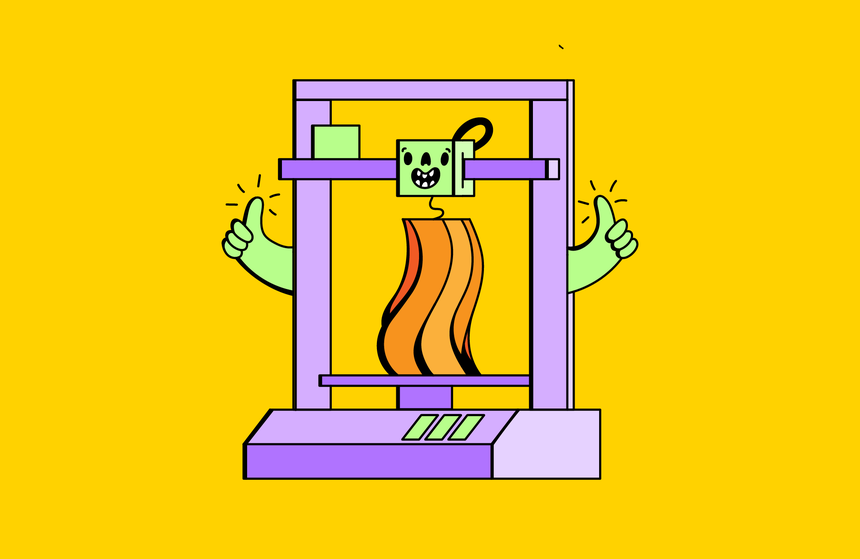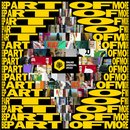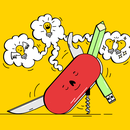Become a Product Designer
Professional product designers share their tips on how to land a job creating everything from XBoxes to luggage

Product designers are responsible for creating things that make a difference to the people who use them — making product design a field that touches all our lives. Product designers work on everything from our headphones and thermostats, to gaming consoles and motorbikes. As a career path, product design isn’t one-size-fits-all, and there are lots of different routes to success within the area. Basic skills in design are essential, of course, but so is a curious mindset, as well as technical skills like user research, systems thinking and prototyping. Product designers always operate with the user in mind — their needs, desires, behaviours and beliefs will underpin the research and prototyping stages of any successful product design process. We spoke to five working product designers, who shared their advice on how aspiring product designers can make a career in the field.
Learn from your team, especially the engineers
Chris Kujawski, Principal Designer and Creative Director at Microsoft, where he worked on Xbox Series S, says that great engineering is what makes great design. Since the mechanical and electrical engineers on your team will be the ones helping you realise your vision, a deep empathy for the work they do is critical.
Kujawski explains, “I spend more of my day collaborating with the various engineering disciplines than with designers; being able to speak their language and knowing enough about where to push the boundaries is how exceptional ideas are maintained throughout the development process. There’s no such thing as designing something and throwing it over the wall to engineering, great product design comes from collaboration.”
Bret Recor, Founder and Creative Director at industrial design company Box Clever, where he works on projects for direct-to-consumer success stories like Away luggage and Caraway cookware, concurs. “Teams are way more powerful than one person,” he says. “Never fear a new challenge, instead seize the opportunity to work with other designers and experts. Take the opportunity to learn in every situation and it will make you better at working with professional teams.”
Master the art of storytelling
“Your powers of storytelling are key to unlocking your vision,” says Josh Wasserman of Innovvate, who won a Yellow Pencil for a prototype of the first pregnancy test accessible for blind women. “I have seen many good ideas evaporate, because a robust idea is held by data, narratives and transitions, and communicating that clearly is essential.” For emerging product designers, this means listening as much as speaking, and thinking clearly about how best ideas can be communicated in a variety of different ways.
Successful user-focused product design requires hearing what your end user has to say and what problems they might face. Mastering this will help you execute a project to the best of your abilities. “Try to understand a problem through different perspectives and learn to listen to the cohort you are trying to help,” explains Wasserman.
Keep your portfolio current with self-initiated projects
Young designers may not have the opportunity to work on projects that will make their portfolio stand out, but Ruby Steel, Co-Founder and Creative Director at Studio Exception where she’s worked with Sky and Land Rover, says you can fix this problem by taking initiative. Steel says, "When I first graduated I found it really hard to get internships so I divided my time between work I could get and doing my own self-initiated projects. I entered loads of design competitions and volunteered my time to experiences that inspired me, for example, working as a ward runner in The Maudsley hospital. It meant my portfolio was always live and current."
Consider what work environment suits you best
When beginning a creative career, it’s easy to concentrate most on the kind of projects you’ll work on, but according to Kujawski, it’s useful to spend some time figuring out where you’d like to work as well. Kujawski went to Microsoft after some time working in an agency environment and says, “I feel my career benefited greatly from working for several years in a consulting agency before moving in-house. I was able to see both sides of the relationship between consultant and client, hopefully making me better at both. When thinking about where to work, consider the pros and cons of both, and if you can, try both environments in the first few years of your career to see what suits you best.”
Do things differently from previous generations
Japanese designer Masayo Ave, founder of design studio MasayoAve creation where she created the Genesi stella table lamp, says the key to getting a job in product design is to do things differently from how they’ve always been done. “If the younger generation does product design the same way as it was done 50, or 20 years ago, they'll never get a job in today’s world,” says Ave. "We don't need the kind of designer that only focuses on functionality and aesthetics anymore. 21st century designers are responsible for examining the long-term effects of industrial products on the health of both users and the environment.”
Young designers should think about engaging all five senses. How does the product feel when you touch it? Are you using toxic materials that look good but could be potentially harmful to a user?” Ave says learning how to examine material and thinking about how products will affect users will help in designing things that will last, and therefore create a more sustainable industry as a whole.
Build accessibility into everything you do
Conversations around accessibility in design are developing rapidly right now, and inclusive design is opening up new ways to build products that work for a wider audience, even solving specific problems faced by specific groups. Aspiring product designers need to understand the needs of different groups and how they will use the product, as well as how they might develop products with these specific groups in mind.
“My role as a designer and researcher is to immerse myself into the lives of the people I am designing with and for,” Wasserman says. “I need to understand how cultures, attitudes and behaviours shift in order to create solutions that are relevant and useful.” Empathy and understanding these different perspectives and experiences are key in designing with accessibility in mind.
“Thinking inclusively from the start of any project is the new standard we ought to strive and advocate for as designers,” adds Kujawski. “In Xbox we have a saying about accessibility: ‘When everyone plays, we all win’. Framing your design work with a view on inclusiveness makes you think harder about the range of experiences someone using the product might have.” Plus, he points out, the advantages can go far beyond one particular segment of the market. “Inclusive designs often have benefits well beyond their intended target customer as well. For example, our Xbox Elite controller, designed for the top 1% of gamers, also became the most inclusive controller yet, because it allowed gamers to play with one hand.”



